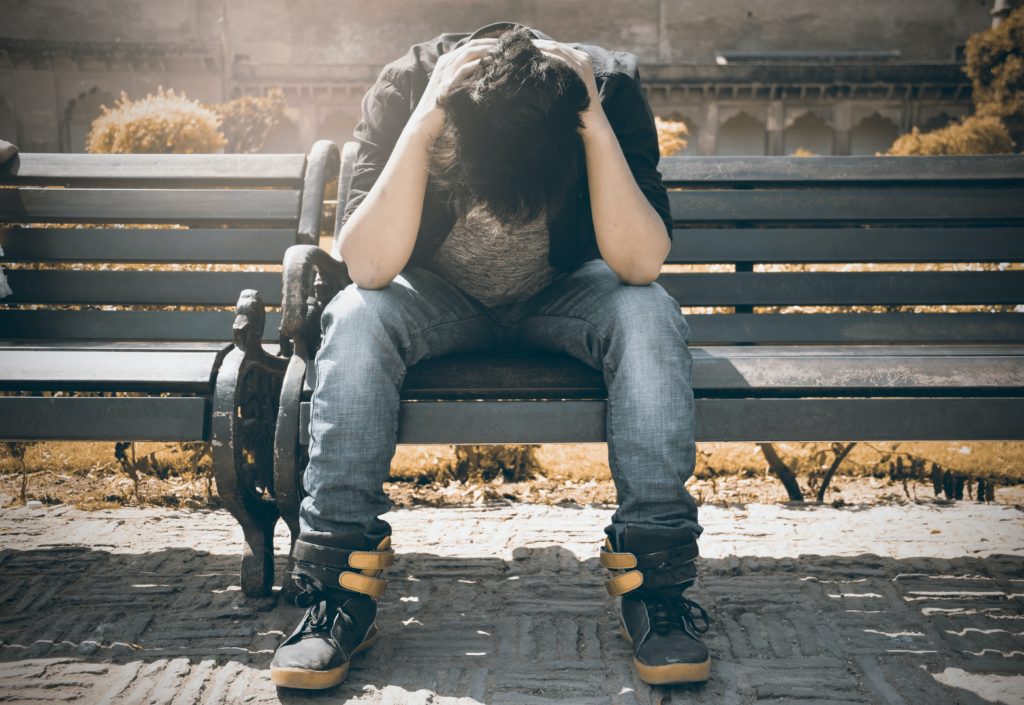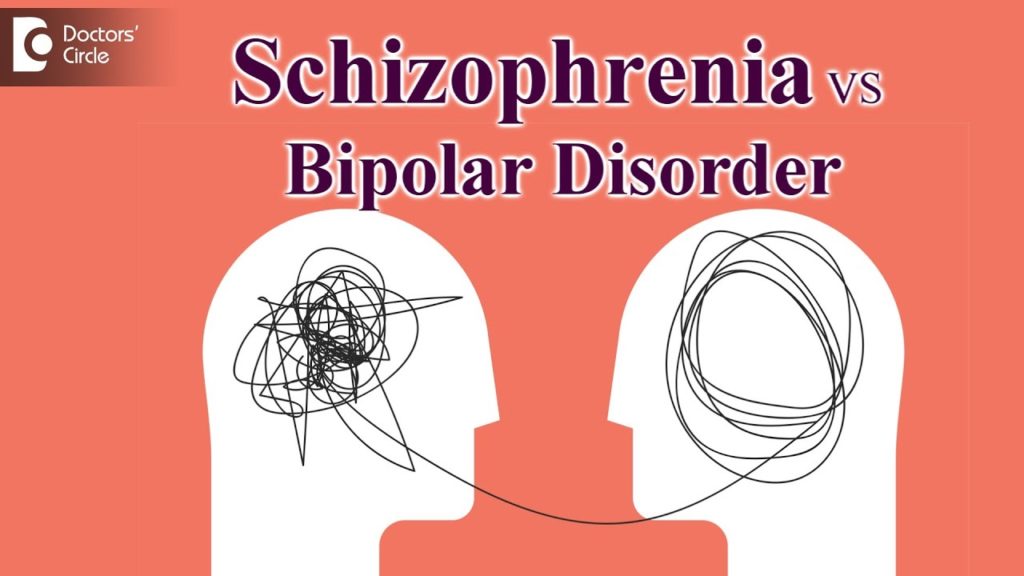Accepting and treating my bipolar disorder allowed me to focus on becoming a better mother. Understanding different attachment styles allows me to make more effective parenting and self-care decisions.

Attachment Theory & Parenting Styles
Attachment with our primary caregiver begins in early childhood. “Attachment theory” was coined and developed by psychologist Mary Ainsworth and psychiatrist John Bowlby in the 1950s. This theory dives into how our relationship with our caregivers affects and reflects our actions and thoughts/beliefs as adults.
How does this affect parenting with bipolar disorder?
Well, according to Ainsworth and Bowlby, there are different styles of attachment:
- Anxious/Preoccupied: A person experiences high anxiety in their relationships.
- Avoidant/Dismissive: A person tries to prevent or avoid emotional connections that could lead to attachment.
- Disorganized/Fearful-Avoidant: A person experiences both anxiety and avoidance within their personal relationships.
- Secure: A person has a higher probability of a trusting, long-term relationship.
Anxiety & Security
Security is something all humans strive for. It is a natural, innate urge to want to feel cared for. As much as I know my parents loved and cared for me, I fall into the first style—anxious/preoccupied.
Living with bipolar disorder, anxiety is a prevalent feeling. However, adding an “anxious attachment” style further complicates my already-turbulent relationships.
I’m not sure when my anxiety first started. Growing up, I noticed my parents being away a lot. My dad was an anesthesiologist, and my mother was a registered nurse—both hardworking first-generation Filipino parents. I have nothing but gratitude for all their hard work and the life they gave my brothers and me. But I won’t say that I didn’t notice their ever-present absence and constantly wonder when they would be home.
Self-Doubt & Insecurity
This anxiety has spiked in the way I attach or bond with people. I remember dating in my twenties and what a nightmare those experiences were.
“What if he doesn’t text me back?”
“Does he not like me anymore?”
“What should I do?”
All those questions would just further any insecurities or doubts I had about myself. I should have never allowed another person to validate myself to feel loved and wanted.
Tying in bipolar disorder also increases my doubts and insecurities. When I’m manic, I tend to get obsessive. These anxiety-ridden questions—wondering if I’m not good enough—translate into ruminating, intrusive thoughts. Luckily, with medicine and therapy, I find that the thoughts don’t happen as often, and I’ve learned to securely attach myself to the only one who will ever make me whole—me.
Self-Acceptance, Self-Love, & Parenting
Loving myself has also inspired me to be a better parent. While I know I can’t change or control how I was raised, I can take those experiences and change them with the way I raise my four sons.
Unfortunately, motherhood isn’t as easy as simply wanting to be a good parent. Real effort must be made. I’m embarrassed to admit that I probably didn’t create the most secure attachment in my first few years of motherhood.
I have four sons, three of my own biological sons and my eldest stepson. My bipolar had been left untreated up until 2018, and I was not managing parenting very well. I was exhausted. I had little to no help as my parents lived across the country. My husband was working extremely long hours at the time. I had no idea how to navigate two sons 15 months apart and a stepson.
There were days when I would easily snap at my kids. There were days I would just be in bed and the most energy I could muster was making sure they were alive and hopefully fed.
Bipolar Treatment & Becoming a Better Mother
My second diagnosis of bipolar disorder and when I truly started to manage my mental illness, came after a postpartum psychiatric “breakdown” when my third child was only 9 months old. This event spiraled into an overnight stay in jail and then into a psychiatric treatment center where I was given my second official diagnosis.
Medication and therapy changed motherhood and my entire life afterward. It wasn’t easy. My husband can attest to that. There are days I’m still not present. There are days I can still see the anxiety that surrounds my eldest son who, in his early developmental years, witnessed a very erratic mother.
But I recognize that my even wondering if I’m a good mother is at least a good step in trying to become one. Some of the changes that I made incorporated Bowlby’s four characteristics of attachment. These include proximity, safe haven, secure base, and separation distress.
#1 Proximity
Proximity is the distance that separates a parent and their child. Our proximity to our children can vary daily, but creating a home where children feel safe in their surroundings will help create security.
#2 Safe Haven
A safe haven is where a child should feel absolutely secure. This does not necessarily have to be a place, but, in this situation, it should ideally be the primary caregiver. Creating a safe haven requires time—especially if that attachment has been questioned.
#3 Secure Base
A secure base is when the adult can be in the background, but the child will still feel their presence with assurance and confidence that they will be there when they need them. As a parent with bipolar, it was very hard for me to act as a secure base. Especially when I didn’t feel very secure within myself in the first place. I had to work on myself and properly manage my bipolar disorder for me to become a secure base.
#4 Separation Distress
Separation distress occurs when the child is away from their caregiver. An example of this would be dropping your child off for daycare and your child continuing to cry and scream well after you have left.
The Importance of Routine
In my experience with bipolar disorder, I’ve learned that not just in my own life but also with my kids, routine is everything. We have been able to overcome separation distress by keeping their schedules on a regular routine, so they know what to expect and who will be caring for them. If they are given a situation in which they have to be watched by someone new, I give plenty of notice and warnings before I leave.
Parenting is hard. Bipolar parenting is hard. But being a child shouldn’t be. Creating secure attachments for your children will help them become confident and self-reliant adults in the long run, which is something we all want—bipolar or not.
Originally posted October 3, 2022
The post Attachment Styles & Parenting with Bipolar appeared first on bpHope.com.


